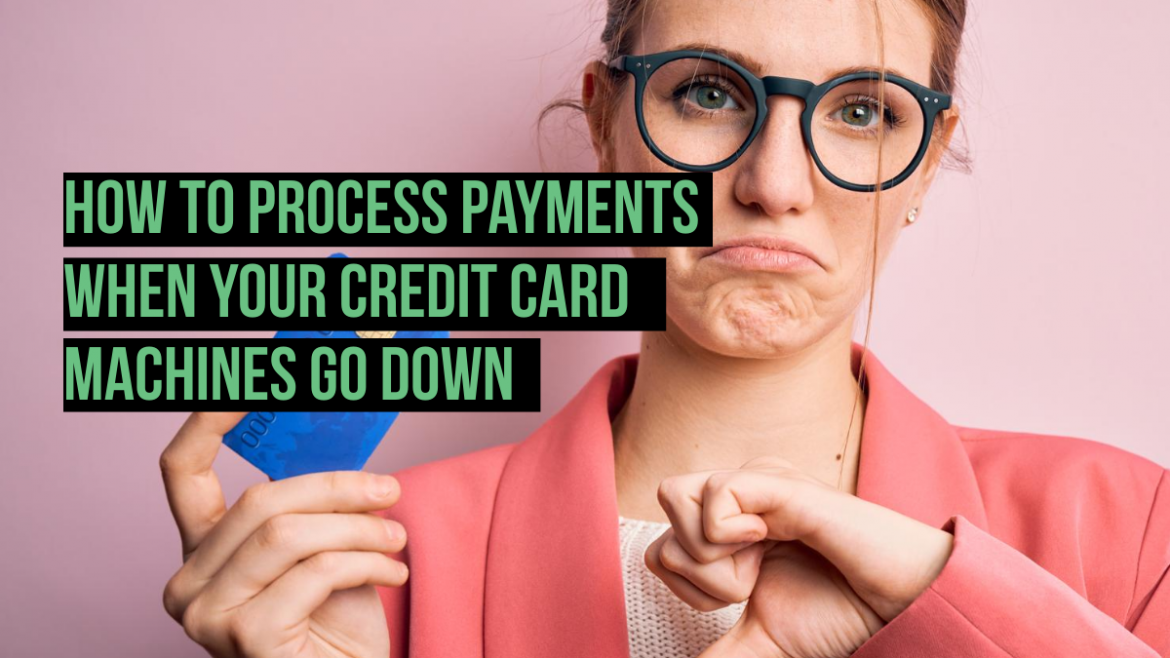Contrary to what you may have heard, the global pandemic hasn’t slowed down our economy too much. In fact, our economic conditions have been improving for a while.
One key factor behind this slow economic upturn: credit cards. The credit card market has seen a huge growth rate during the pandemic, expanding to $103 billion in 2021. Restaurants, gas stations, service contractors, and even mega-retailers like Amazon all rely heavily on credit card revenue. Unfortunately, even the best credit card processing system can go down.
Why Do Credit Card Machines Go Down?
These days, you need an internet connection to accept credit cards. This connection can happen over a landline, a mobile network, or Wi-Fi. However, very few internet connections are completely reliable, and poor connectivity or full-on outages are always a potential danger.
In recent years, we’ve seen two notable outages that affected multiple regions. One of them happened on June 1, 2018, when a large part of Europe was suddenly unable to process Visa card transactions. The outage lasted more than five hours, with Visa stressing the issue stemmed from a hardware failure and not a malicious event.
The other big credit card outage occurred on February 26, 2021. Due to a credit card payment system crash, many well-known retailers such as IKEA and single-location stores in the U.S. started seeing card transaction failures. The outage was caused by an unnamed third-party service provider, with the issue getting resolved later that day.
How to Deal With a Credit Card Machine Outage
First things first: some terminals have offline functionality that allows them to process credit cards during an outage. The customers would still tap, swipe, or insert their payment cards, which stores the transaction information in the system. That transaction will stay in the system until the outage is over and the system can connect to the internet again.
Of course, merchant service providers have a limit for how long these offline payments can be pending, such as 24 or 72 hours. If your machine doesn’t go back online within this time frame, the transaction won’t be processed.
If your card machine doesn’t have offline functionality, you can use an old-fashioned credit card imprinter. An imprinter produces a carbon copy of a card onto a paper slip, which you can send to the bank for verification or process it in a virtual terminal. Imprinters were common pre-1990s, but most shops now only use them in special circumstances such as outages.
Finally, you can write a customer’s card details down and put the transactions through a virtual terminal later. This doesn’t comply with PCI DSS industry standards, but you can get around it by using certain POS software to store card details – if the customer signs a consent form.

